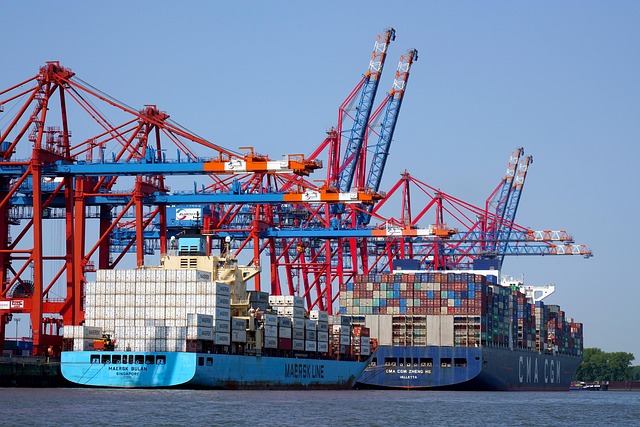Introduction: Decoding Multiple Myeloma's Reliance on Protein Synthesis
Multiple myeloma (MM) is a challenging blood cancer marked by the relentless proliferation of plasma cells within the bone marrow. Despite treatment advancements, MM often remains incurable. Emerging research reveals a crucial vulnerability: the cancer cells' dependence on the protein synthesis machinery. Specifically, alterations in the supply chain of transfer RNA (tRNA) – essential molecules for building proteins – appear critical for MM development and progression, offering potential new avenues for therapy.
tRNA: The Unsung Hero of Protein Production
Think of tRNAs as specialized couriers in the cell's protein factory. Each tRNA molecule is tasked with recognizing a specific code word (codon) on the messenger RNA (mRNA) blueprint and delivering the corresponding amino acid building block to the ribosome. This precise delivery is fundamental for creating functional proteins. The journey of a tRNA involves careful maturation, chemical modifications, and tightly regulated transport from the nucleus (where they are made) to the cytoplasm (where proteins are synthesized). Flaws in any of these steps can disrupt protein production, leading to cellular chaos and potentially driving cancerous growth. The overall rate of protein synthesis is heavily influenced by tRNA availability:
$\text{Protein Synthesis Rate} \propto \text{[Available Functional tRNA]}$Hijacked tRNA Supply Lines in Multiple Myeloma

Studies reveal that MM cells often exhibit significantly higher levels of specific tRNA types compared to healthy plasma cells. This isn't random; it appears to be a strategy. By boosting the supply of tRNAs needed for codons abundant in growth-promoting proteins or key oncogenes (like MYC), MM cells can accelerate their production, fueling proliferation, survival, and even drug resistance. The specific profile of overexpressed tRNAs can differ among patients, highlighting the complex nature of this dysregulation.
Spotlight on tRNA Transport: A Critical Bottleneck
The regulated passage of mature tRNAs from the nucleus to the cytoplasm is primarily managed by a protein called exportin-t (XPOt). Think of XPOt as the gatekeeper controlling tRNA exit. If this transport system malfunctions – for example, if XPOt levels or activity are altered in MM cells – it can skew the cytoplasmic tRNA pool. This directly impacts which proteins can be synthesized efficiently, potentially favoring those that sustain the myeloma cells. Intriguingly, fragments derived from tRNAs (tRFs) can also be transported and may possess independent signaling roles, adding another layer of complexity.
Beyond Transport: The Impact of tRNA Modifications
tRNAs undergo numerous chemical modifications after being transcribed. These modifications are not mere decorations; they are crucial for tRNA stability, folding, and decoding accuracy. Altered modification patterns, increasingly documented in cancers like MM, can affect which codons are read efficiently and even influence the stability of cancer-promoting mRNAs. Understanding the specific changes in tRNA modifications (e.g., methylation, pseudouridylation) within MM is vital to grasp their full impact on disease biology.
Therapeutic Frontiers: Targeting tRNA Metabolism
The central role of tRNA dysregulation in MM opens exciting therapeutic possibilities. Strategies under investigation include designing drugs that inhibit key tRNA modifying enzymes, blocking the XPOt transport pathway, or even developing agents that specifically neutralize the overabundant tRNA species driving MM growth. While these approaches are largely in preclinical development, they represent a novel way to selectively attack the protein synthesis addiction of myeloma cells.
Future Research: Unlocking the tRNA Code in MM
Significant research is still required to fully map the landscape of tRNA alterations in MM. Key goals include: 1. Precisely identifying which tRNAs and modifications are consistently altered in MM versus normal cells. 2. Unraveling the exact mechanisms controlling tRNA transport in MM and how disruptions fuel the disease. 3. Developing and rigorously testing therapeutics targeting tRNA pathways in relevant MM models. 4. Deciphering the roles of tRNA-derived fragments (tRFs) as potential signaling molecules or biomarkers in MM.
- Advanced sequencing techniques (e.g., tRNA-seq, Ribo-seq) to profile tRNA expression, modifications, and codon usage.
- CRISPR-Cas9 screening to identify genes critical for tRNA metabolism and transport in MM survival.
- Sophisticated mass spectrometry to analyze tRNA modifications and their impact on protein interactions and translation dynamics.
